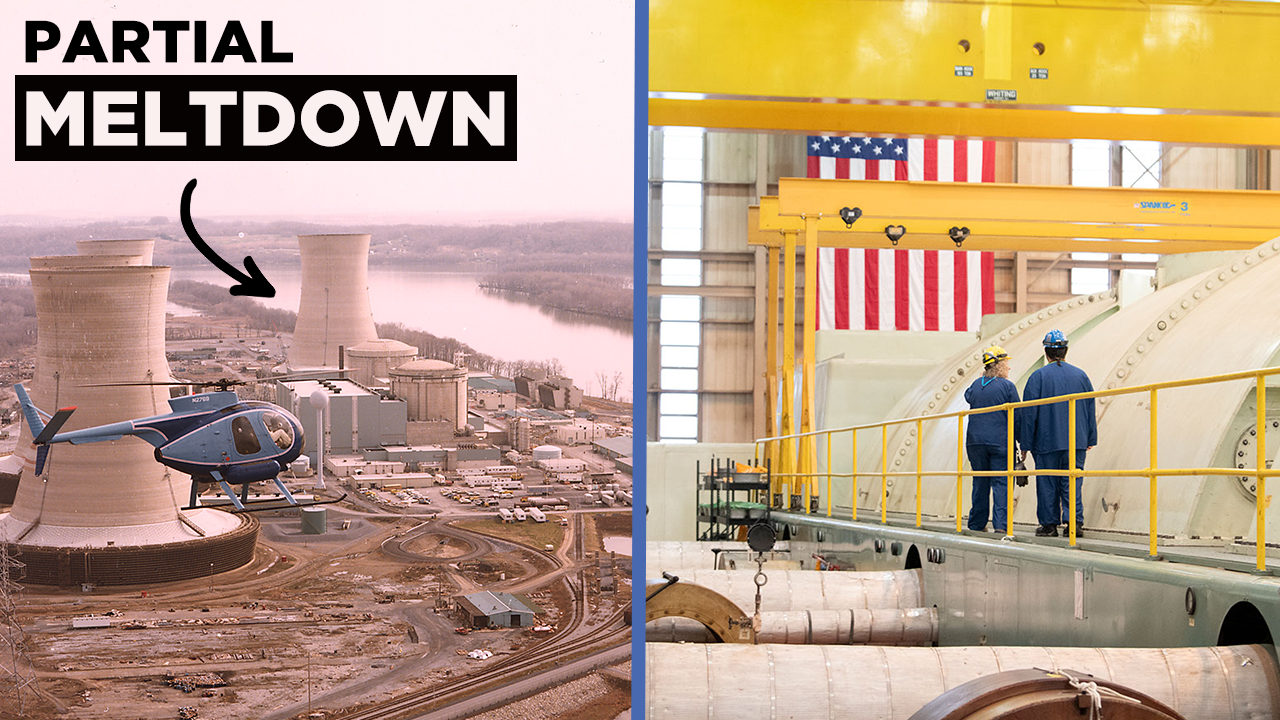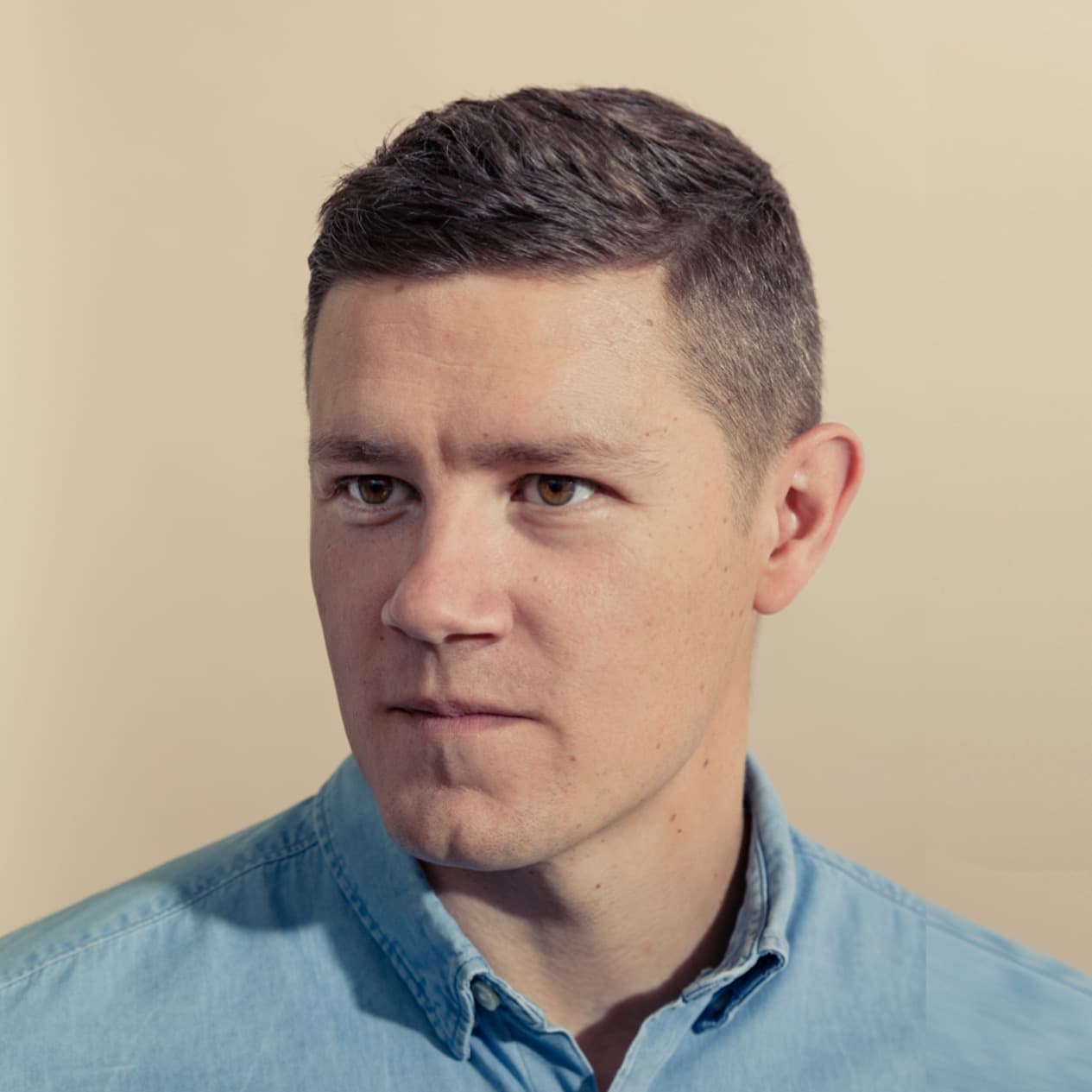David Miller Architects: Building a Practice with BIM
- Youtube Views 11,060 VIDEO VIEWS
WALKING into the Foley Street offices of David Miller Architects (DMA), visitors are invariably greeted by resident Scottish terrier Baffie. But not today. “She’s in hair and make-up this morning” explains Practice Director Fiona Clark wryly as she prepares to film her segments. “Bacon sandwiches will be here at 10” she adds.
Few phrases resonate so deeply with film crews.
Baffie aside, something else hits you as you enter here: the atmosphere. Fiona and her partner David Miller have created a unique environment. In a single open-plan room, their team of 24 work from just one long table: collaboration to the fore, siloed working and hierarchy in the bin.

Beyond the Feng Shui, DMA have built a deep culture of team work and sharing. “I think it’s partly down to the Generation Y element” explains Associate Director Andrew (Das) de Silva, “People are not afraid to talk to each other and collaborate to solve problems. It comes naturally to them”.
So you’d think such an environment makes BIM adoption much easier, right?
Well yes, except that BIM was not adopted at David Miller Architects. It is the founding principle upon which it was built. Driving efficiencies, collaborating, 3D modelling, accurately structuring project data, sharing, learning and focusing on outcomes are all a part of their everyday approach. They started that way from the outset and organically added to their team with like-minded culturally immersed people. Those fitting the bill but not fully versed in software are given training and support as they join the team.
"BIM was not adopted at David Miller Architects. It is the founding principle upon which it was built"
“We got into BIM from a completely different angle” say Das. “We were just trying to streamline the process that we were working in”. Back in 2006, DMA were led by the benefits that BIM could bring them as a new practice. As a small team of four people, a slick and lean way of working was essential to their survival.
DMA grew from the efficiencies, culture and differentiation that BIM brought them. They invested in software and training from the beginning – and continue to do so – but as their fee income and turnover has increased, those costs have remained relatively consistent, whilst the efficiencies have been scaled-up, delivering a strong return on investment. “It felt like much more of a cost when we were just starting out” recalls David Miller. “Now that we’re much bigger and the costs have stayed more or less the same, it’s really a small part of our investment in the practice”.

Far from being a challenge, the UK BIM mandate has given DMA an advantage over other practices, especially in an industry where demand for BIM capability currently outstrips supply. They deliver all their projects in this way – regardless of value or type – because it’s efficient for them. To say that BIM is beyond small architectural practices is just plain wrong; in reality it is an opportunity.
But to see such a practice sharing their experiences – and even detailed return on investment statistics – to inspire others in this way is an important step for our industry. Gone are the days of hoarding information for competitive advantage. The parameters of the game have changed. Today’s leading organisations are praised for their openness, their thought leadership and their contributions to the information economy. On that basis, DMA are in the FTSE 100.
"If Google built an architects practice, it would look and feel like this"
Leading up to our final interview segment with Associate Director Anna Davies, I receive a warning from Fiona Clark: “She doesn’t like the term BIM. She just sees it as business as usual. Why label it?”
We feel exactly the same way, but it’s of little comfort as we gaze down at our list of questions and see the acronym appearing continuously. Anna’s mind-set goes to the heart of DMA’s culture: BIM is not some special new thing they’re trying to implement, it’s just how they behave at an instinctive level.
In the event we had nothing to worry about and Anna took the B-word in her stride. She ends with an immortal line: “Everyone’s really friendly and happy… and, yeah… we go out drinking”
If Google built an architects practice, it would look and feel like this.
For more on David Miller Architects visit: http://www.david-miller.co.uk/ or follow them on Twitter @DMA_Architects
We welcome you sharing our content to inspire others, but please be nice and play by our rules: http://www.TheB1M.com/Guidelines-for-Sharing
Comments
NEXT
Next up





